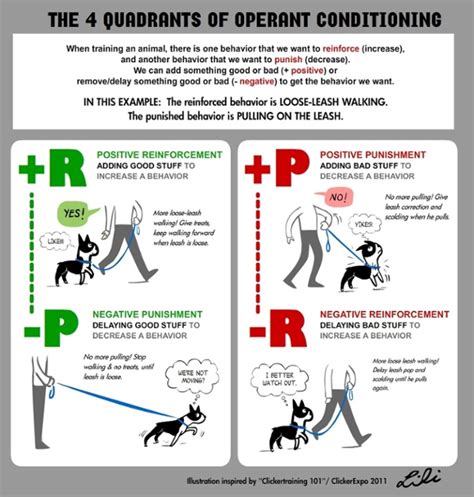Introduction

Dogs are an integral part of many households, providing companionship, protection, and unconditional love. However, training a dog to be obedient can be a daunting task, with various methods and philosophies emerging over the years. While some advocate for punishment-based approaches, others favor positive reinforcement techniques. This article delves into the debate between dog training for obedience based on punishment versus positive reinforcement, examining their respective benefits, drawbacks, and ethical implications.
Defining Punishment and Positive Reinforcement
- Punishment: A form of training that involves delivering unpleasant consequences (e.g., physical harm, verbal reprimands) to deter undesirable behaviors.
- Positive Reinforcement: A training method that rewards desired behaviors with pleasant consequences (e.g., treats, praise, playtime).
Debating the Merits
Punishment-Based Training
-
Pros:
- Can be effective in the short term, particularly with highly motivated dogs.
- May quickly deter specific unwanted behaviors.
-
Cons:
- Can damage the bond between owner and dog.
- May lead to fear-based obedience, which is not sustainable.
- Can undermine the dog’s self-confidence.
-
Ethical Concerns:
- Raises questions about animal welfare and the use of force.
- Can contribute to stress, anxiety, and learned helplessness in dogs.
Positive Reinforcement Training
-
Pros:
- Promotes a positive relationship between owner and dog.
- Builds on the dog’s natural desire for rewards.
- Leads to more reliable and long-term obedience.
-
Cons:
- May require more patience and consistency than punishment-based methods.
- Can be challenging with highly stubborn or aggressive dogs.
-
Ethical Considerations:
- Promotes compassion, empathy, and respect for animals.
- Aligns with the principle of animal welfare and humane training practices.
Scientific Evidence and Statistics
-
Studies show:
- Dogs trained with positive reinforcement are more likely to exhibit desired behaviors over time.
- Punishment-based methods can lead to increased aggression and fear-based reactions.
- Over 90% of dog owners prefer positive reinforcement techniques due to their effectiveness and ethical implications.
Transition to Positive Reinforcement
If you currently use punishment-based training methods, consider transitioning to positive reinforcement techniques gradually. Start by introducing small rewards for desired behaviors and gradually phase out punishment. This allows the dog to learn new behaviors without jeopardizing the existing bond.
Tips for Effective Obedience Training
- Consistency: Train your dog regularly and use the same commands every time.
- Patience: Training takes time and effort. Be patient with your dog and avoid rushing the process.
- Motivation: Find out what motivates your dog (e.g., treats, toys, praise) and use it as a reward.
- Short Sessions: Keep training sessions brief and engaging, especially for puppies.
- Positive Reinforcement: Reward your dog immediately after they perform the desired behavior.
- Avoid Physical Punishment: Resorting to violence is never an acceptable form of training.
Pain Points and Motivations of Dog Owners
- Frustration: Dog owners often feel frustrated when their dogs exhibit unwanted behaviors.
- Bonding: Many owners desire a strong and loving bond with their dogs, which can be hindered by punishment-based training.
- Welfare: Increasingly, dog owners are concerned about the ethical implications of punishment-based methods.
- Effectiveness: Owners want training techniques that produce lasting results without causing harm to their dogs.
Market Insights and Highlights
- Growing Demand: The global pet training market is projected to reach $29.5 billion by 2025.
- Trend Towards Positive Reinforcement: Positive reinforcement methods are becoming increasingly popular due to their effectiveness and ethical advantages.
- Focus on Animal Welfare: Consumers are demanding training products and services that prioritize animal welfare and align with humane training principles.
Standing Out in the Market
To stand out in the dog training market, consider these strategies:
- Offer Positive Reinforcement Training: Emphasize the benefits of positive reinforcement and provide comprehensive training programs based on these principles.
- Promote Ethical Practices: Showcase your commitment to animal welfare and transparency by adhering to industry standards and ethical guidelines.
- Target Specific Niche: Specialize in training for specific dog breeds, behaviors, or training scenarios to cater to specific customer needs.
Conclusion
The debate between punishment-based and positive reinforcement training for dog obedience continues, with compelling arguments on both sides. However, scientific evidence, ethical concerns, and customer preferences strongly support the superiority of positive reinforcement methods. By adopting positive reinforcement techniques, dog owners can build strong, loving bonds with their dogs, promote their well-being, and achieve lasting obedience.





















